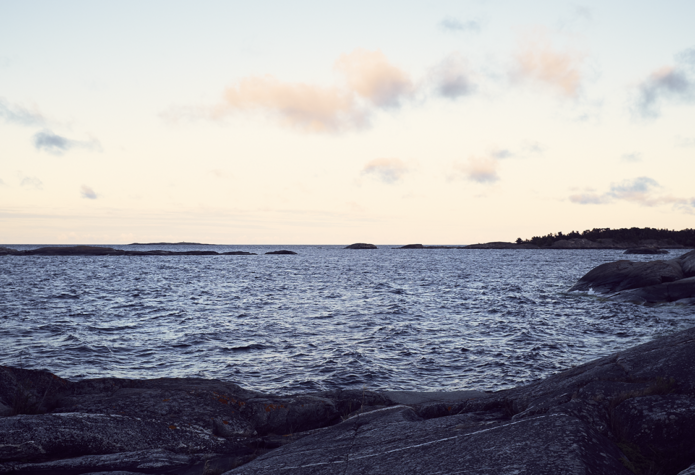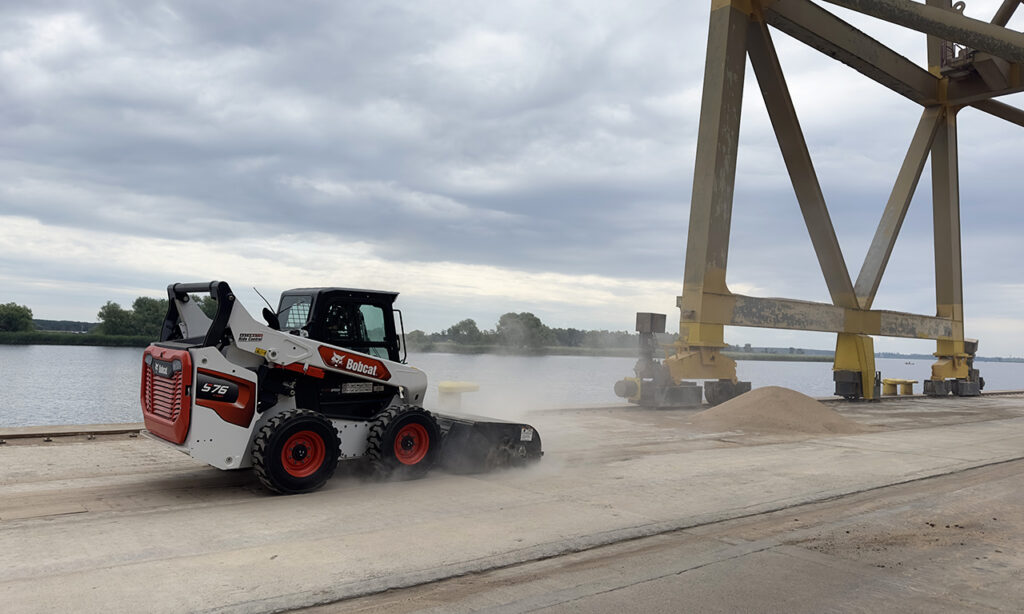Turning the tide: the Baltic Sea’s struggle to overcome eutrophication

Column by Fanny Tham Ratz, Deputy CEO of the non-profit Race For The Baltic
Spanning an area larger than Denmark and Skåne county combined, the Baltic Sea faces its most pressing environmental issue: dead seafloors, causing a significant loss of biodiversity. The primary cause of the dead seafloors and anoxic waters is eutrophication. Eutrophication is primarily driven by excessive amounts of phosphorus and nitrogen entering the sea. These nutrients, nearly a million tonnes of nitrogen and about 30,000 tonnes of phosphorus annually, emanate from sewage systems and agricultural lands across the Baltic nations, for example.
The state of the Baltic Sea
Despite intensive efforts by the Baltic states, the challenge of fully reversing the sea’s deteriorating condition remains. The most challenging task ahead is to further reduce the inflow of phosphorus, a prerequisite for the sea to begin its natural recovery process. The Baltic Sea is currently among the most polluted globally, with a staggering 97% of its surface suffering from eutrophication. This condition fosters toxic algal blooms, reduces underwater visibility, creates zones depleted of oxygen, and escalates fish mortality. According to the “State of The Baltic Sea 2023” report, eutrophication was assessed as one of the three most critical pressures for the Baltic Sea to preserve and regain its biodiversity.1
Collaboration between nine countries
In 1974, the nine countries bordering the Baltic Sea ratified the Helsinki Convention (HELCOM). This agreement committed them to collaborate on protective actions for the marine environment. It has led to substantial environmental improvements. Notably, there has been a resurgence of wildlife species such as the grey seal and the sea eagle, a significant reduction in oil spills, and a decrease in the levels of dangerous substances like PCBs and DDT below harmful thresholds. Despite these successes, the central issue of eutrophication remains largely unresolved.
Since the 1980s, the annual inflow of phosphorus has decreased by more than 40,000 tonnes, but an additional reduction of approximately 6,000 tonnes2 is needed before we reach inflow levels at which the Baltic Sea can begin to improve on its own. The severe situation of our sea is not due to an absence of suitable proposals and actions. The core problem is the failure to implement these recommended measures effectively.
Eutrophication problems in the Baltic Sea continue and take a long time to improve because there are many nutrients in the sea that get reused every year. Moreover, the Baltic Sea does not exchange water much, so the nutrients that get into the sea stay there for a long time. This is why it is critical to address the external load from land-based activities adding new nutrients to the sea.
Projects that make a measurable impact
The phosphorus input from Poland, Russia, Sweden and Finland account for almost 80% of all waterborne phosphorus supply.3 Poland contributes the most phosphorus to the Baltic Sea, accounting for 60%3 of the remaining reduction targets for phosphorus among the Baltic Sea countries. At the same time, Poland adds less phosphorus per capita than Sweden. As water knows no boundaries, it is crucial that the countries around the Baltic Sea collaborate to achieve a better status for it.
Race For The Baltic leads several projects that aim to diminish the levels of nitrogen and phosphorus entering the Baltic Sea. Central to these initiatives is the identification and implementation of solutions that are both cost-effective and scalable.
In 2019, RFTB initiated a project in response to a report by the Coalition Clean Baltic. This study revealed that possibly thousands of tonnes of dry bulk mineral fertiliser annually could be lost during transit across the Baltic Sea,4 a previously unrecognized issue. Collaborating with fertiliser companies and ports, RFTB aimed to identify and mitigate the primary leakage points along the transport routes.
In partnership with these ports, we developed guidelines to minimise leakages during the loading and unloading of dry bulk fertiliser, simultaneously educating port staff about the environmental impact of such spillage. Additionally, we developed a protective barrier for the area between the quayside and the ship, which has since been installed in several key fertiliser ports across the Baltic. Another positive outcome was that the Swedish Environmental Protection Agency decided to add recommendations to their guidelines for ports to cover the area between the ship and quay when unloading or loading dry bulk.5 The findings have also had an impact on the HELCOM Baltic Sea Action Plan.6

In 2023, NIB supported us in further reducing accidental fertiliser leakages in ports. Thanks to their contribution, we have co-financed the acquisition of cleaning machines and devices at some of Poland’s most important fertiliser terminals. These machines are designed to prevent not only fertiliser but all types of dry bulk materials accidentally entering the sea. The synergy of prevention covers and cleaning machines in these ports is set to significantly benefit the Baltic Sea and the communities near these ports.
The importance of persistence
The Baltic Sea’s condition highlights the need for collaborative international efforts to address interconnected environmental challenges. We would like to emphasise the importance of persistence in these endeavours. Race For The Baltic believes that with a sustained focus on effective and impactful projects, the trend of eutrophication could be reversed by 2030, paving the way for a healthier marine ecosystem for the generations to come.
Sources:
[1] Baltic Marine Environment Protection Commission, HOLAS 3, State of the Baltic Sea 2023 – third HELCOM holistic assessment 2016-2021
[2] HELCOM (2023) Inputs of nutrients to the sub-basins (2020). HELCOM core indicator report Inputs of nutrients (nitrogen and phosphorus) to the subbasins 1995-2020
[3] HELCOM National nutrient input ceilings, Annex 1. NIC 2020 assessment results with country per basin
[4] Coalition Clean Baltic, 2013, Potential Sources of nutrient inputs: Baltic Sea ports handling fertilizers
[5] Naturvårdsverket, 2022 “Hamnar vägledning om miljöfarlig verksamhet”
[6] Baltic Marine Environment Protection Commission, 2021 update, HELCOM Baltic Sea Action Plan
